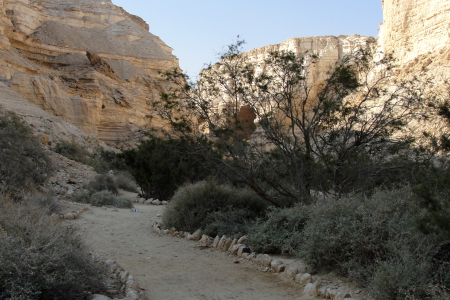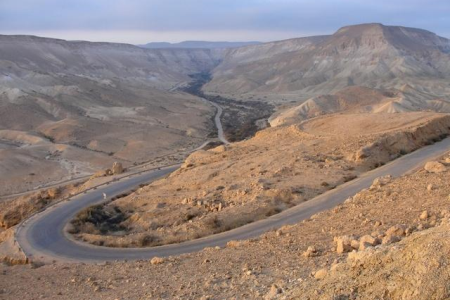The Ari – The Greatest Creative Force of the Renaissance
Preceding every new stage in the evolution of desires, the appropriate precursor appears. First, there was Abraham; he was the Root. Then there was Moses, representing Stage one, followed by Rabbi Shimon Bar-Yochai (Rashbi), who corresponds to Stage Two. And now the time has come for Stage Three.
The emergence of Stage Three in the evolution of desires roughly corresponds to the advent of the Renaissance in Europe. Its harbinger was the greatest Kabbalist since Rashbi: Isaac Luria (the Ari)—founder of the Lurianic Kabbalah, the most systematic and structured school of Kabbalah. Today, it is the predominant teaching method, thanks to the 20th century commentaries of Baal HaSulam, who interpreted the writings and adapted them to the scientific/academic mindset of the 20th and 21st centuries.
Despite his short life, the Ari (1534-1572) produced numerous texts with the help of his prime disciple, Rav Chaim Vital. The Ari did not write his texts by himself. Instead, he would speak and Chaim Vital would write down his words.
After the Ari’s early demise, Vital and several of his relatives compiled the Ari’s words into cohesive texts. for this reason, many scholars have ascribed the Ari’s writings to Chaim Vital and not to his teacher. Yet, even though Vital was the scribe, the provider of the information is undisputedly the Ari.
How the Ari Reformed the Wisdom of Kabbalah
In Stage Three there is an “inverted” modus operandi, where the act is reception but the intention is to give. This was true for the initial four stages of desire. However, after the breaking of Adam’s soul, the prevailing intention in the collective soul—of which we are all parts—has been inverted and regressed from bestowal to reception. And because we are all parts of Adam’s soul, the hidden intention in all humans is to receive, as well. Clearly, when everyone wishes to receive, and none wish to give, it induces an unsustainable situation.
Continue reading “How the Renaissance Ended the Concealment of Kabbalah”





